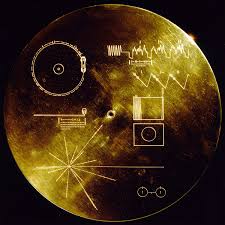
Introduction
The NASA Voyager missions, initiated in the 1970s, have become a cornerstone of our understanding of the outer solar system. Launched in 1977, Voyager 1 and Voyager 2 continue to transmit valuable data about planetary atmospheres, magnetic fields, and even the heliosphere, the boundary between our solar system and interstellar space. Their missions are significant not only for scientific research but also for inspiring future generations of scientists and explorers.
Key Milestones in the Voyager Missions
The two Voyager spacecraft were designed to take advantage of a rare planetary alignment that occurs every 176 years, allowing them to conduct a ‘grand tour’ of the outer planets. On August 20, 1977, Voyager 2 was launched, followed by Voyager 1 on September 5, 1977. Each craft made groundbreaking discoveries, including:
- Jupiter: Both spacecraft provided unprecedented details about the largest planet in our solar system and its moons, revealing phenomena such as the Great Red Spot and the intricate structure of its rings.
- Saturn: Voyager 1 and 2 sent back stunning images of Saturn’s rings and its many moons, including Titan, which features a dense atmosphere and lakes of methane.
- Uranus and Neptune: Voyager 2 is the only spacecraft to have visited Uranus and Neptune, offering insights into their unique characteristics and their many moons.
Current Status and Legacy
Today, Voyager 1 is over 14 billion miles from Earth, making it the farthest human-made object in space, while Voyager 2 is more than 11 billion miles away. Both spacecraft recently transitioned into interstellar space, sending back data that challenges our understanding of the solar system’s boundaries.
The significance of the Voyager missions extends beyond scientific discoveries. They carry the Golden Record, a time capsule intended to communicate the story of our world to extraterrestrials. This record includes sounds and images chosen to portray the diversity of life and culture on Earth, exemplifying the human spirit of exploration.
Conclusion and Future Considerations
As the Voyager missions continue, they remind us of humanity’s deep-seated desire to explore, understand, and connect with the universe. With each passing year, the data received from both Voyagers enhances our knowledge of the cosmos and encourages new generations to think about outer space unbounded by our Earthly limits. As we look toward the future, the legacies of Voyager 1 and 2 will undoubtedly pave the way for more ambitious space exploration missions aiming to unravel the mysteries of the universe.



